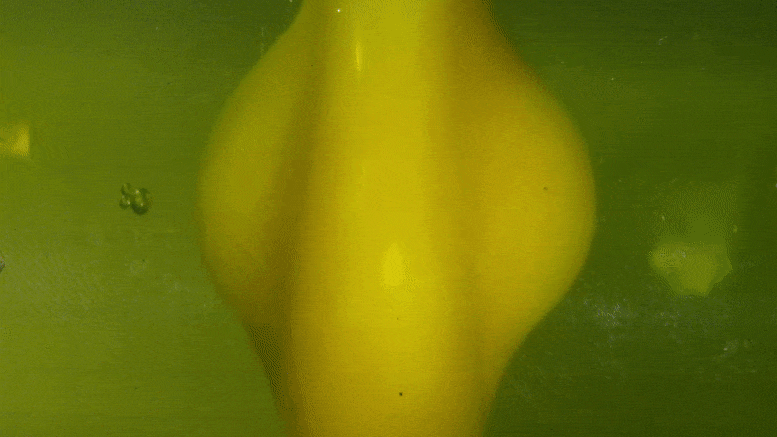Egg Experiment Reveals Scrambling of the Brain on Impact to Find Answers About Concussions
4 Years, 3 Months, 2 Weeks, 1 Day, 20 Hours, 42 Minutes ago

What causes brain concussions? Is it direct translational or rotational impact? This is one of the research areas currently being explored by Qianhong Wu’s lab at Villanova University.
Our brains consist of soft matter bathed in watery cerebrospinal fluid (CSF) inside a hard skull. An impact on the hard skull is transmitted through the thin layer of CSF within the subarachnoid space to the soft brain matter.
In Physics of Fluids, from AIP Publishing, Wu and co-authors Ji Lang and Rungun Nathan describe studying another system with the same features, an egg, to search for answers. An egg resembles the brain, because its soft yolk is bathed within a liquid egg white inside a hard shell.
Considering that in most concussive brain injuries, the skull does not break, Wu wanted to find out if it was possible to break or deform the egg yolk without breaking the eggshell.
The researchers did a simple experiment using an egg scrambler, from which they could see that rotational force can easily break the egg yolk and make it mix with the egg white.
In terms of basic concepts behind this work, a soft capsule — membranebound soft matter — is bathed within a contained liquid. The capsule has an impermeable membrane, separating the liquid inside the capsule from the outside.
Two types of impacts can be imposed on the outer container. A translational impact is one that hits the container directly, while a rotational impact occurs when the outer container is accelerated or decelerated rotating. The latter arises naturally in sports when helmets are not round. Consider, for instance, the pair of stiffening ridges behind many ice hockey helmet designs.